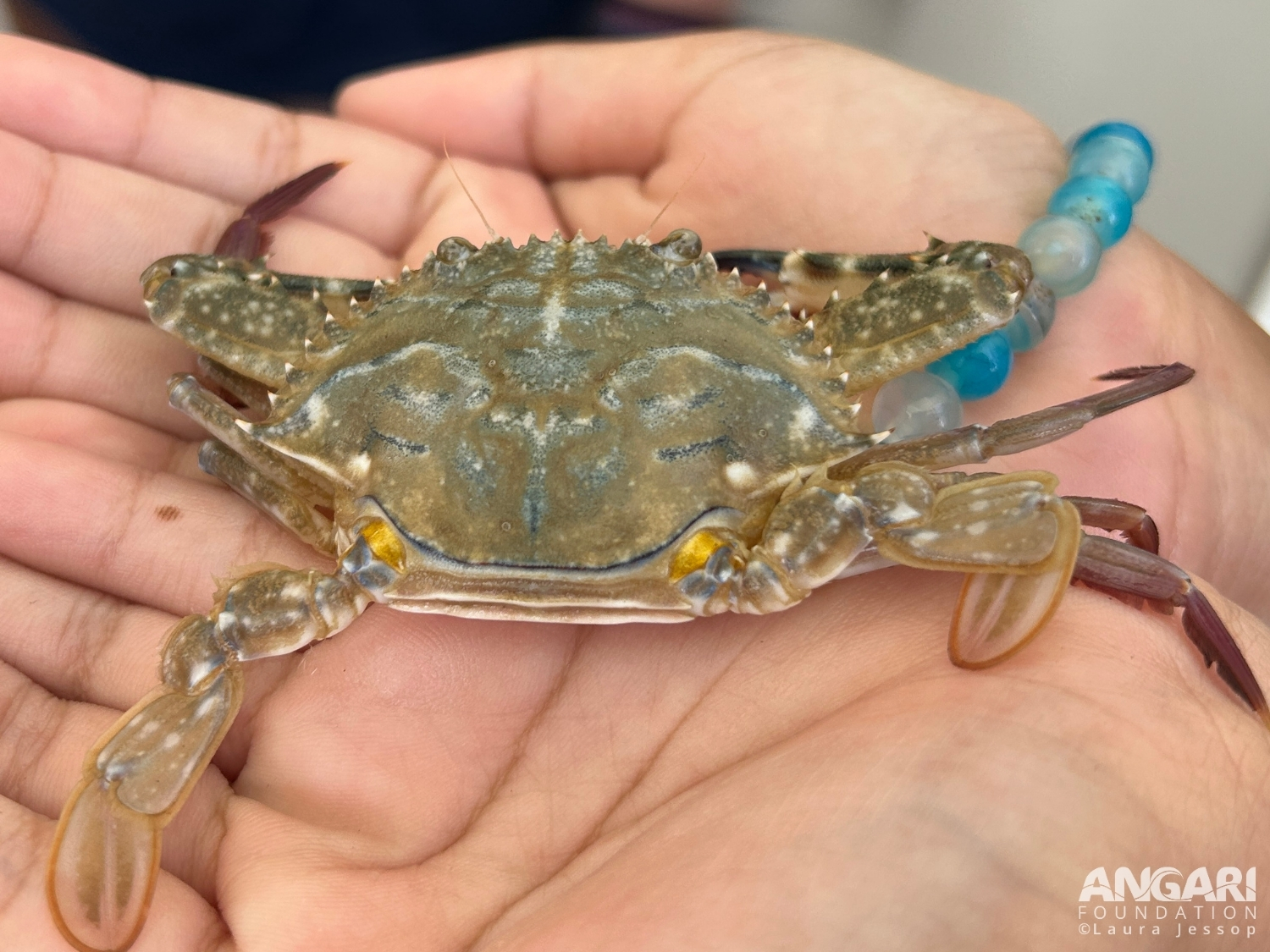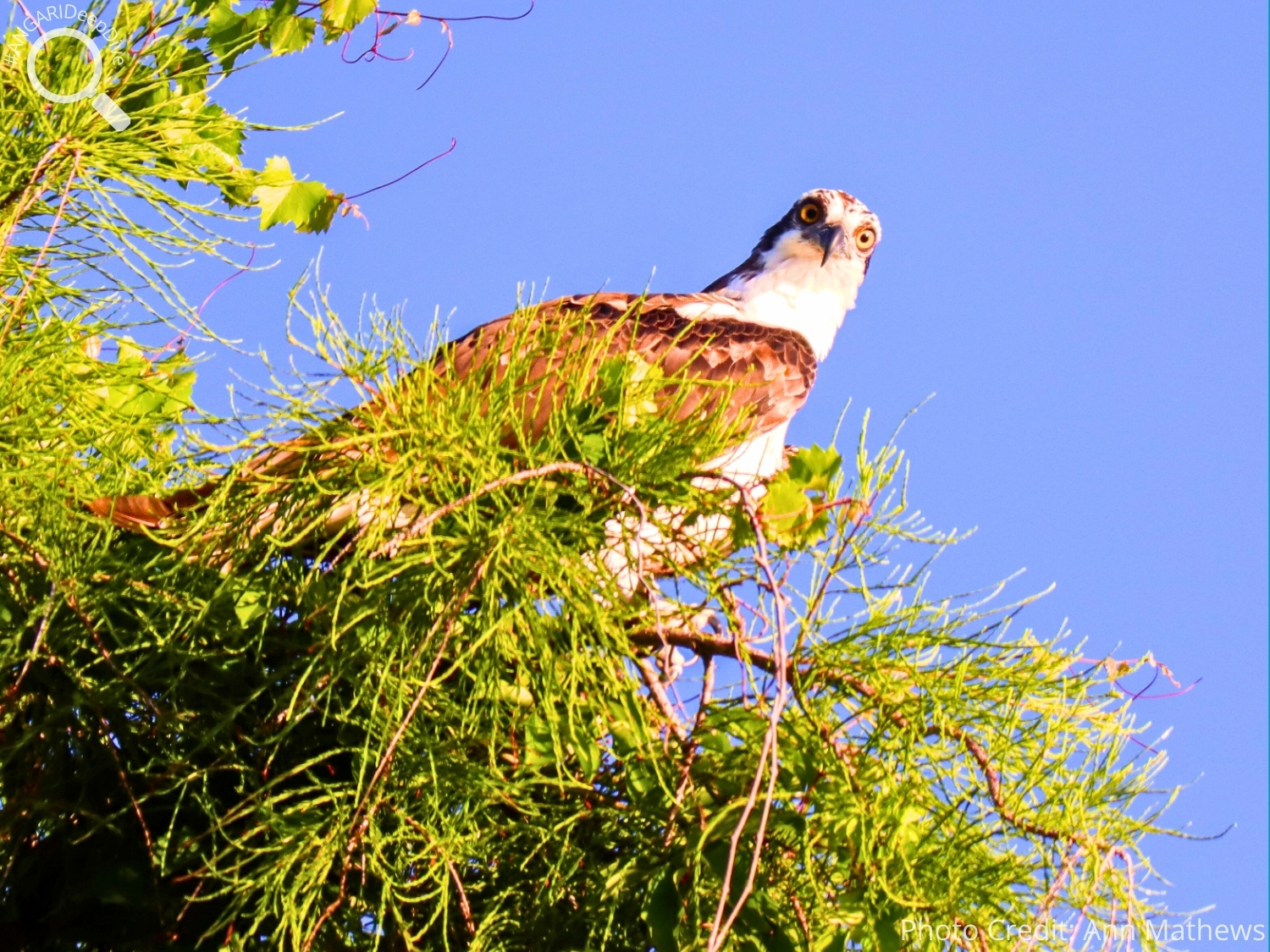The Atlantic blue crab gets its name from the vibrant color of its shell are found along the Atlantic Ocean and the Gulf Coast.
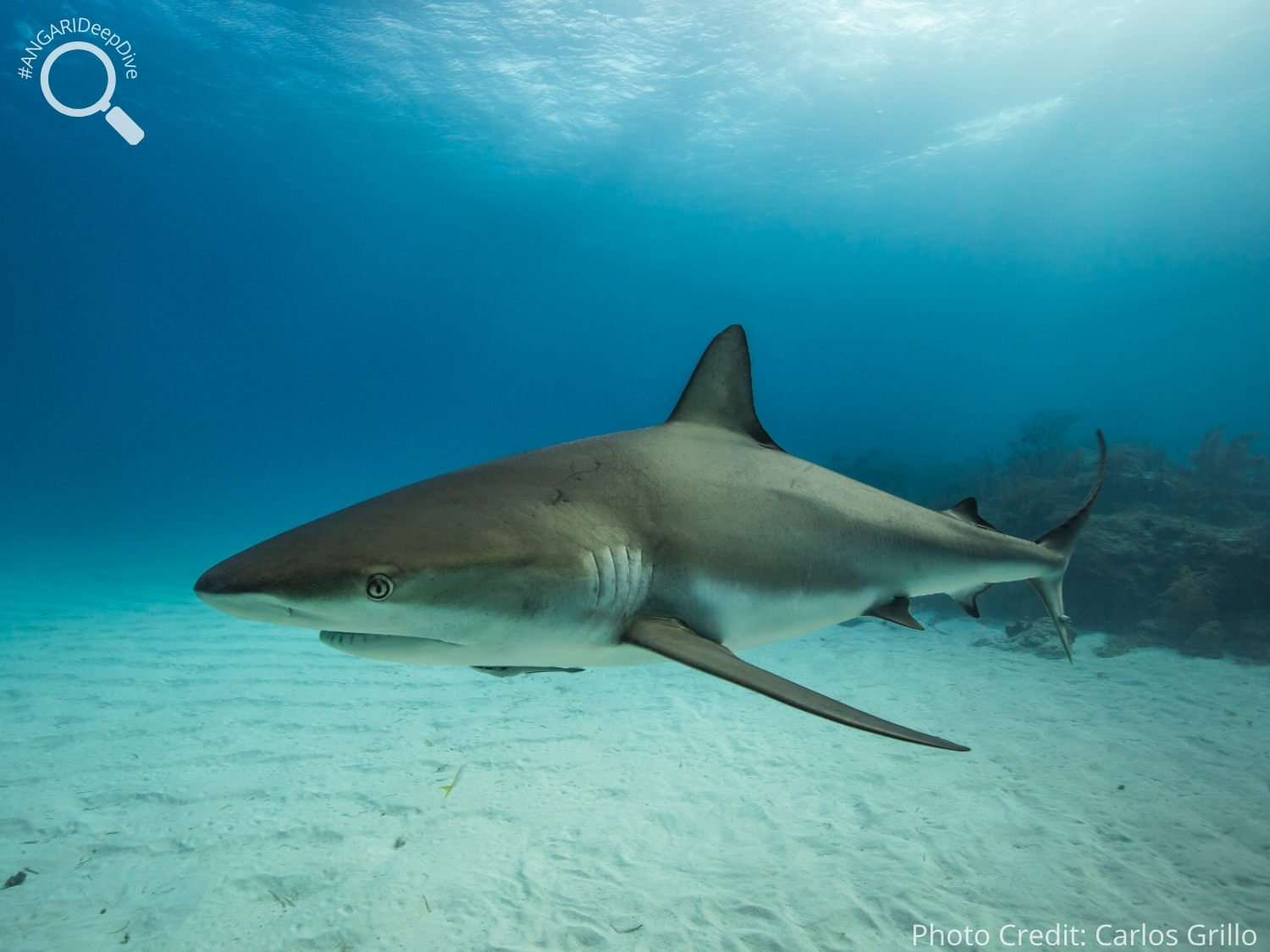
Caribbean Reef Shark (Carcharhinus perezii)
Have you ever seen a shark lying motionless on the ocean floor? If so, you might have seen a Caribbean reef shark! Caribbean reef sharks are the most common shark found on or near coral reefs throughout the Caribbean. When it comes to hunting prey, Caribbean reef sharks also have another interesting ability! They can detect low-frequency sounds in the water, which helps them locate their next meal. Continue reading to learn more about our jaw-some friends!
#1: Where are Caribbean reef sharks located?
Caribbean reef sharks are primarily located in coastal and reef habitats in the western Atlantic from North Carolina (in the US) through the Caribbean and down to southern Brazil! While Caribbean reef sharks are commonly found in Florida, they are rarely seen north of the Florida Keys.

#2: Caribbean reef sharks will stay in one location.
Caribbean reef sharks are often found in shallow waters around coral reefs. Caribbean reef sharks are rarely observed diving deeper than 400 meters.
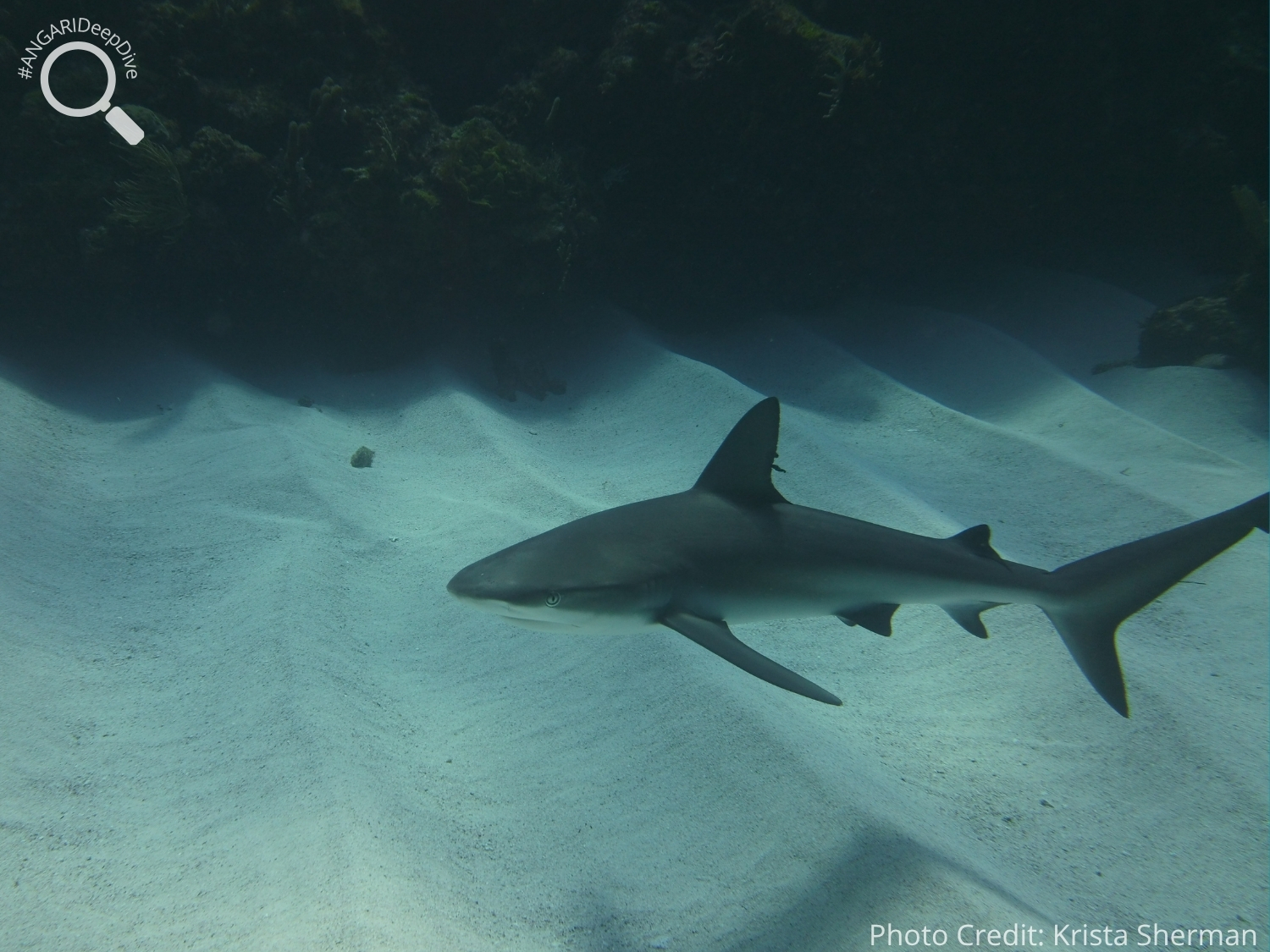
#3: Caribbean reef sharks stay in shallow waters.
To determine the gender of an Atlantic blue crab, you just need to look at the color of its claw tips! Male Atlantic blue crabs have blue claw tips, while mature females have red claw tips.
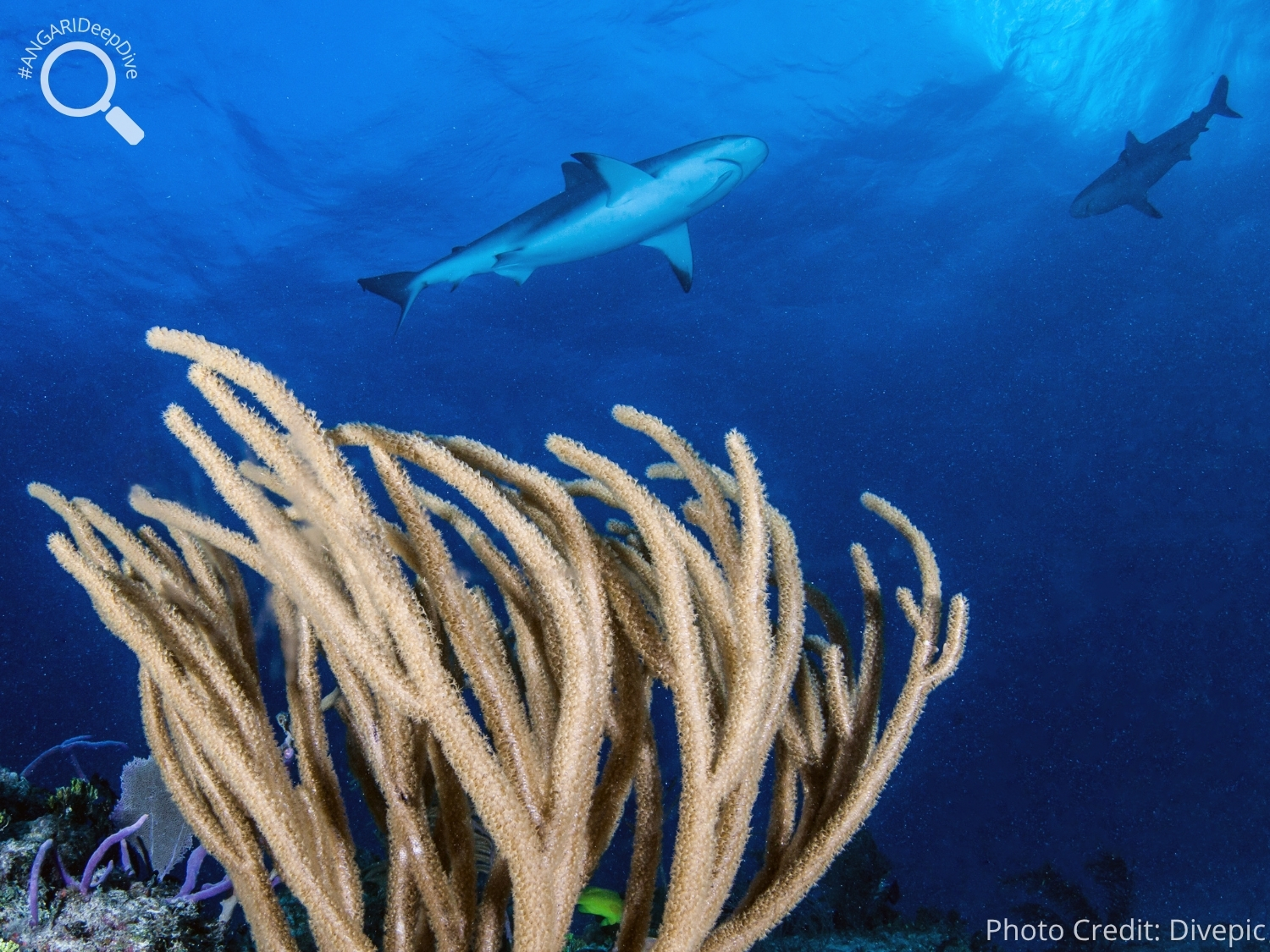
#4: What do Caribbean reef sharks eat?
Caribbean reef sharks’ diet consists of reef fish, squid, octopus, crabs and other cartilaginous fish. Occasionally, these individuals may also eat yellow stingrays and eagle rays.
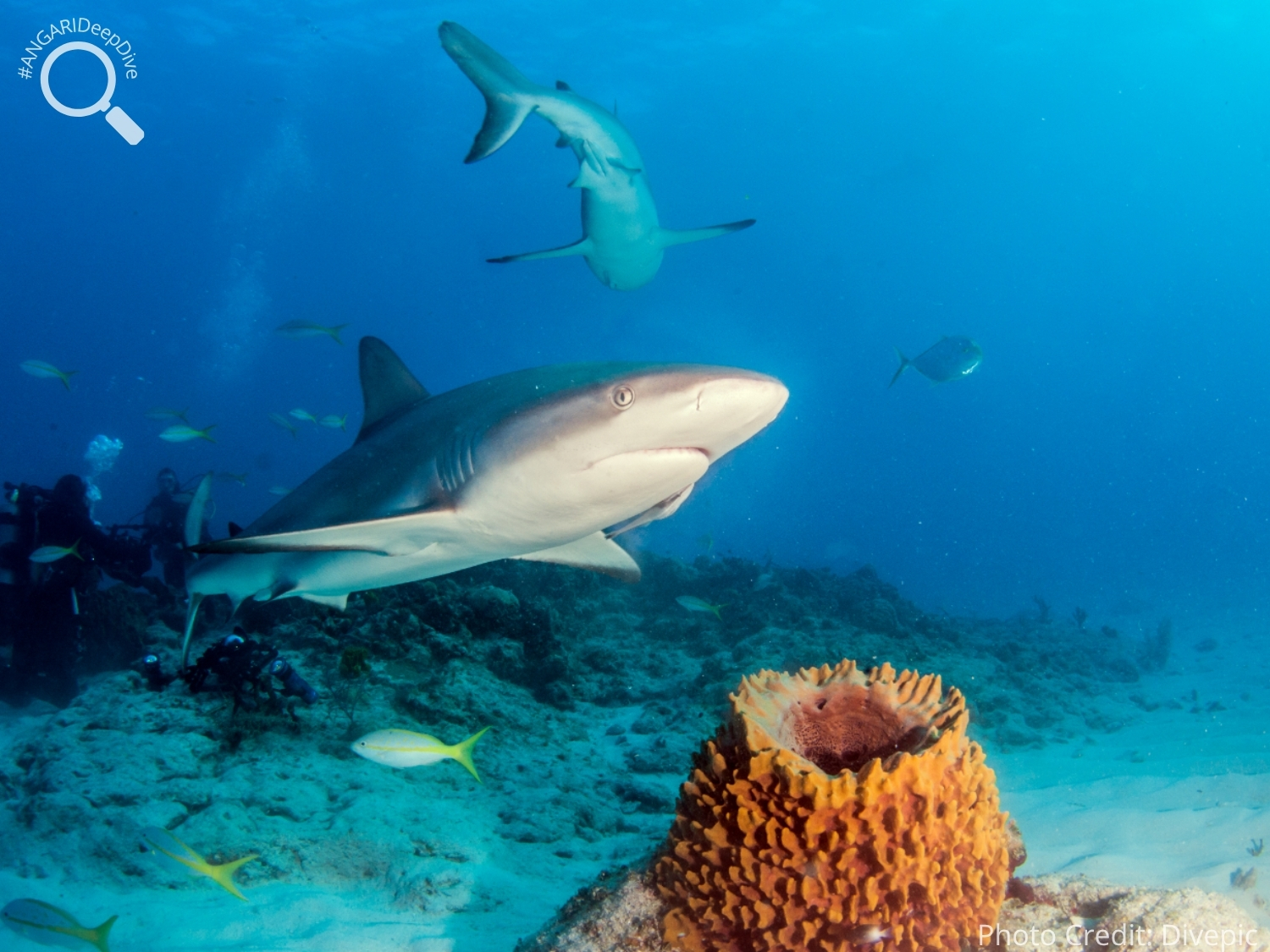
#5: Caribbean reef sharks use six senses.
To hunt for prey, Caribbean reef sharks use 6 different senses. These senses include smell, vision, touch, auditory, taste and electric reception.
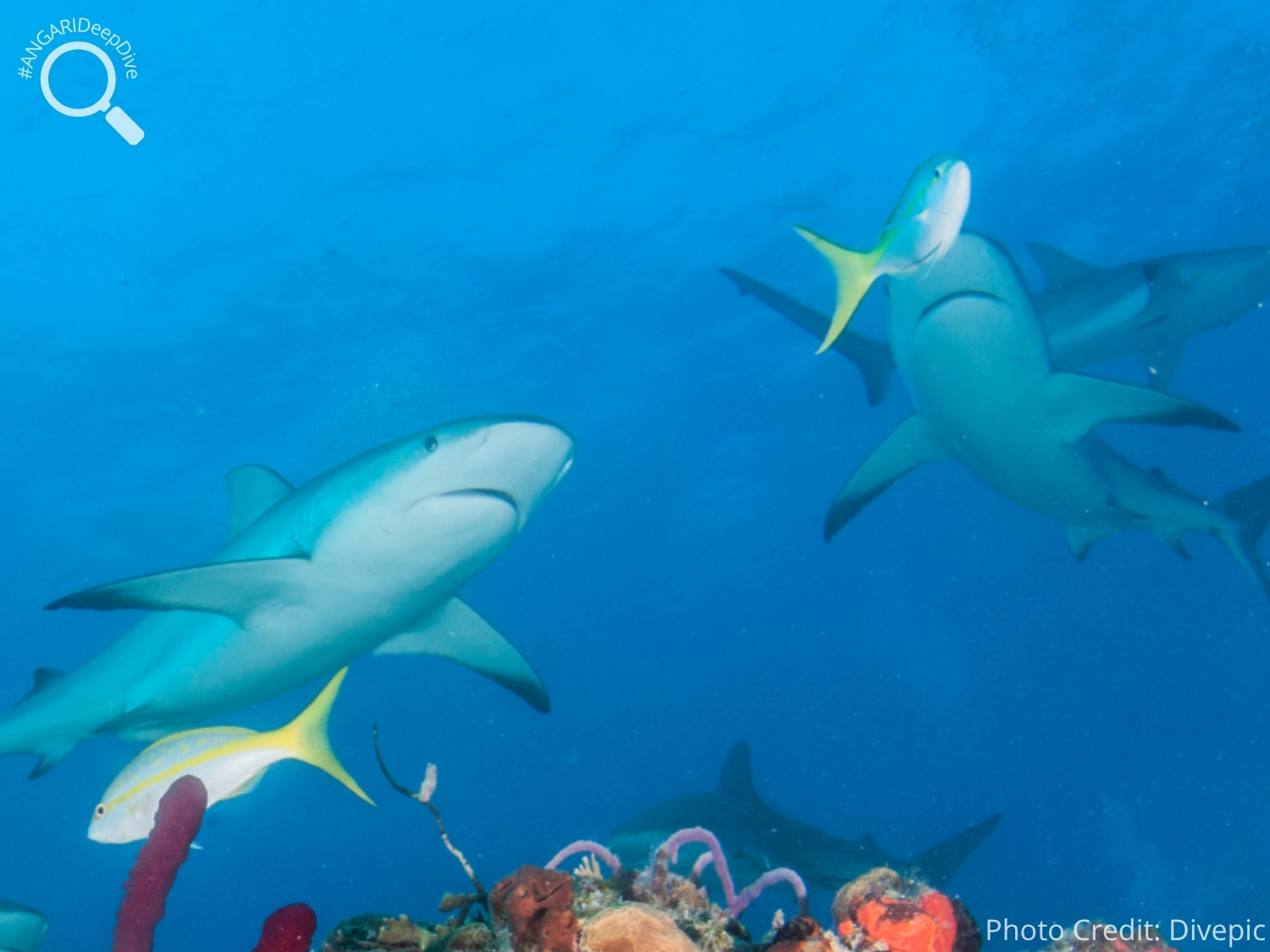
#6: Caribbean reef sharks can evert their stomachs.
Caribbean reef sharks have the unique ability to evert their stomachs! They will regurgitate their whole stomach to clean it from parasites or anything indigestible.
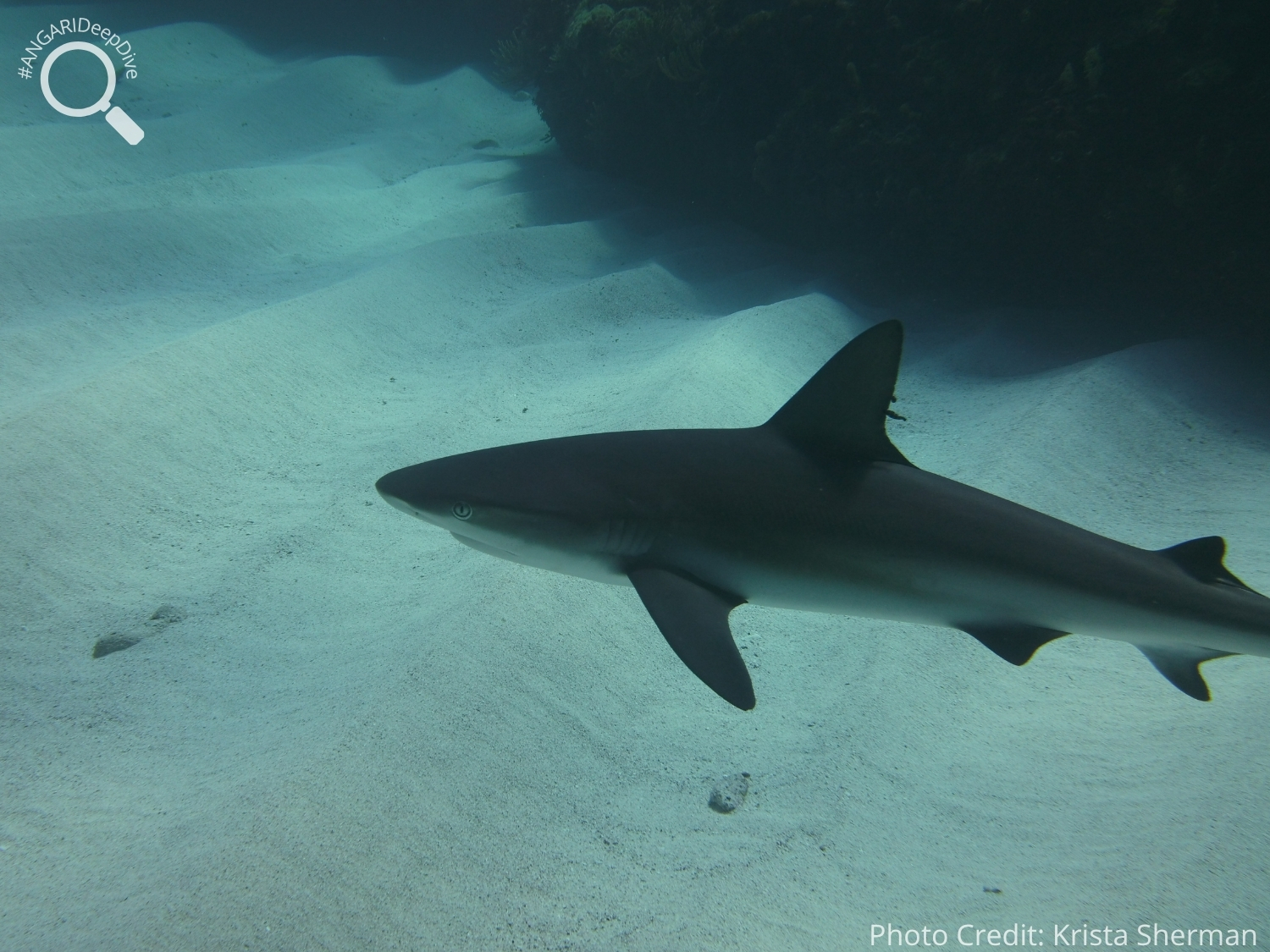
#7: How are Caribbean reef sharks born?
Female Caribbean reef sharks will give birth to their pups in shallow bays and coastal lagoons. They give birth to an average of 4-6 pups per litter, and each pup is an average of 2.4 feet.
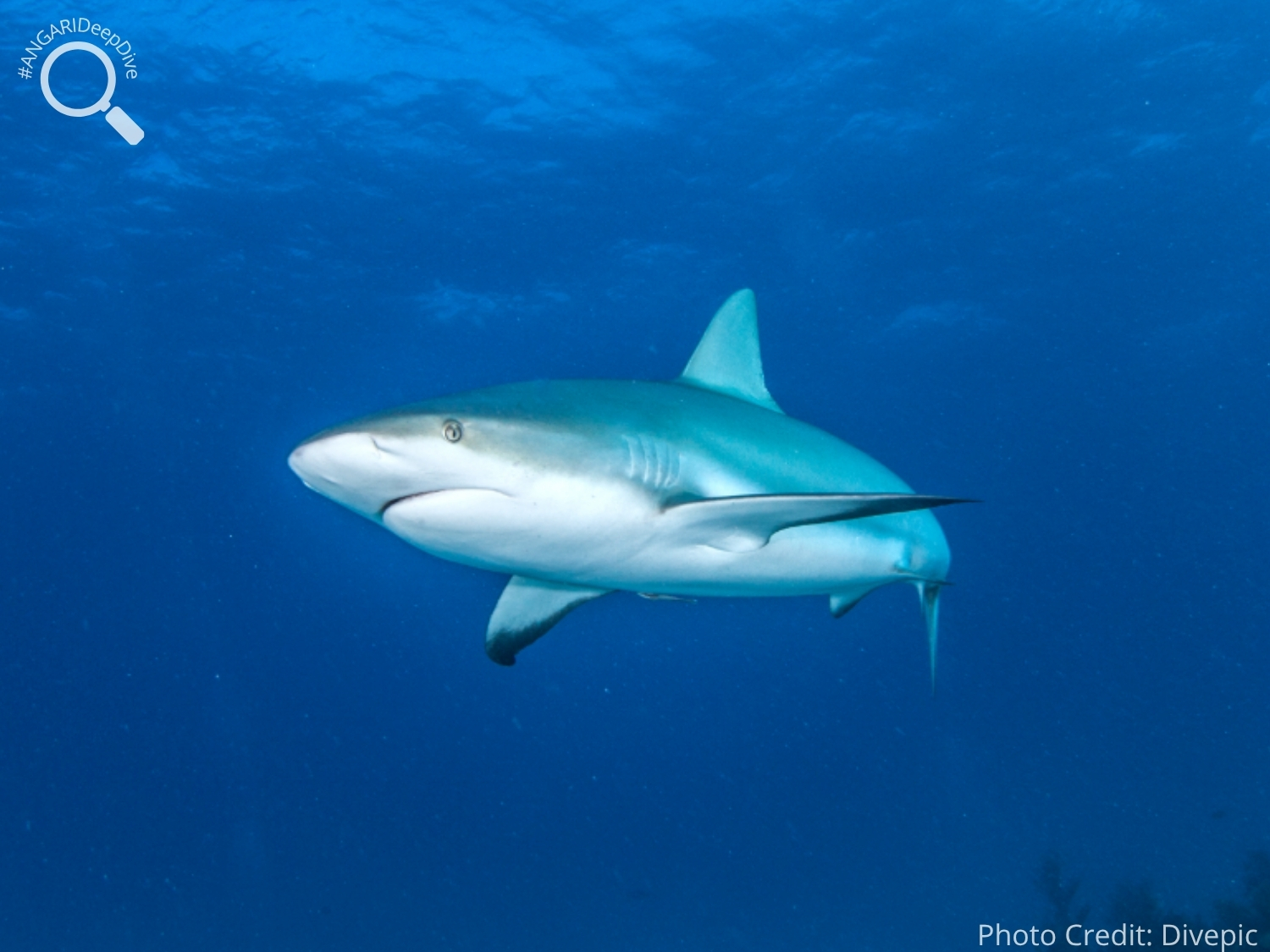
#8: What’s the average litter size for Caribbean reef sharks?
In addition to preferring shallow waters, Atlantic blue crabs also prefer brackish waters. Brackish water is a mixture of salt and fresh water, which is typically found where rivers meet the ocean.
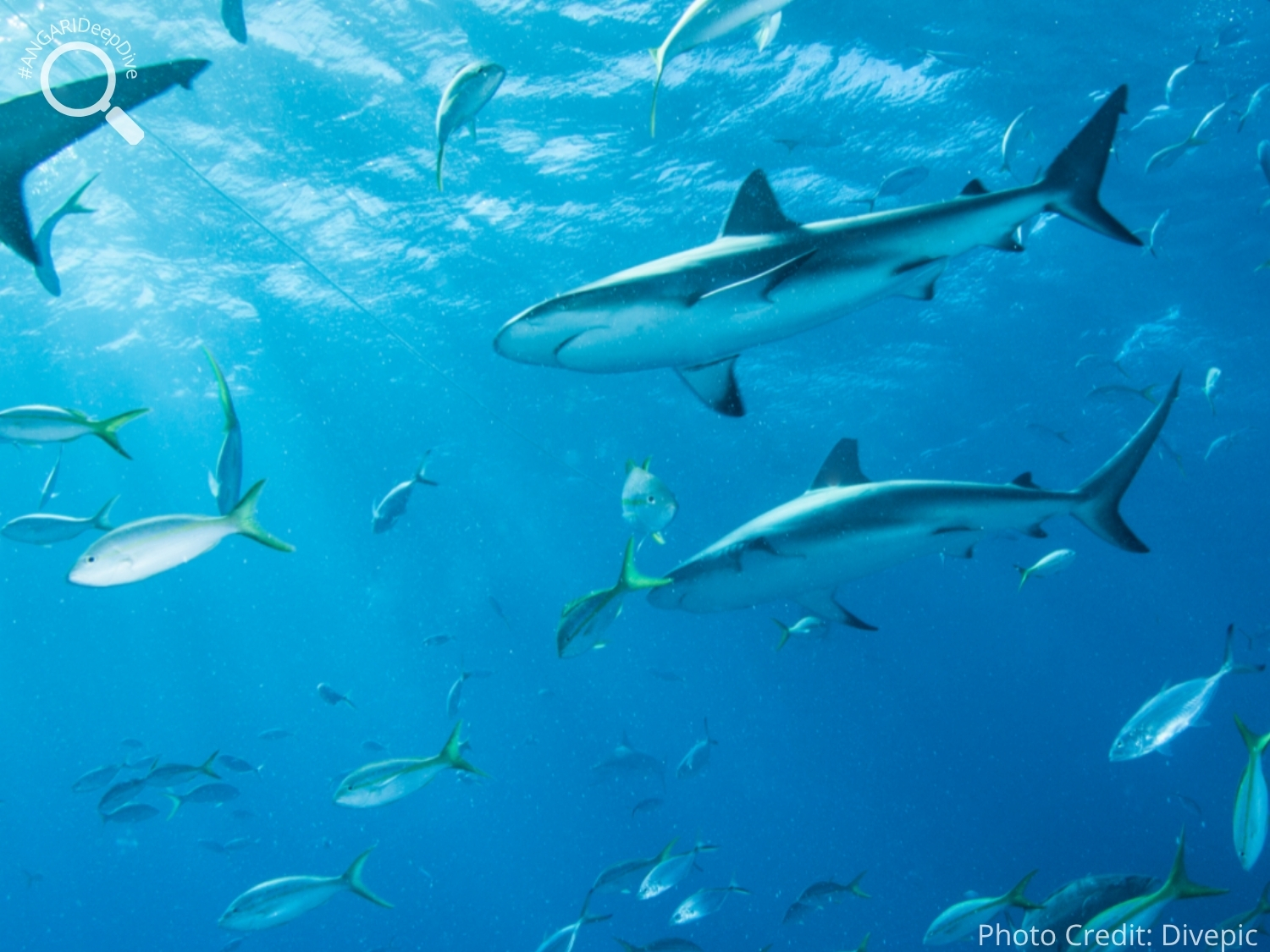
#9: How long is the Caribbean reef shark’s gestation period?
Caribbean reef sharks have a gestation period of one year and reproduce biannually. The high fishing rates and low reproduction rates of Caribbean reef sharks are causing a quick decline of this species’ population.
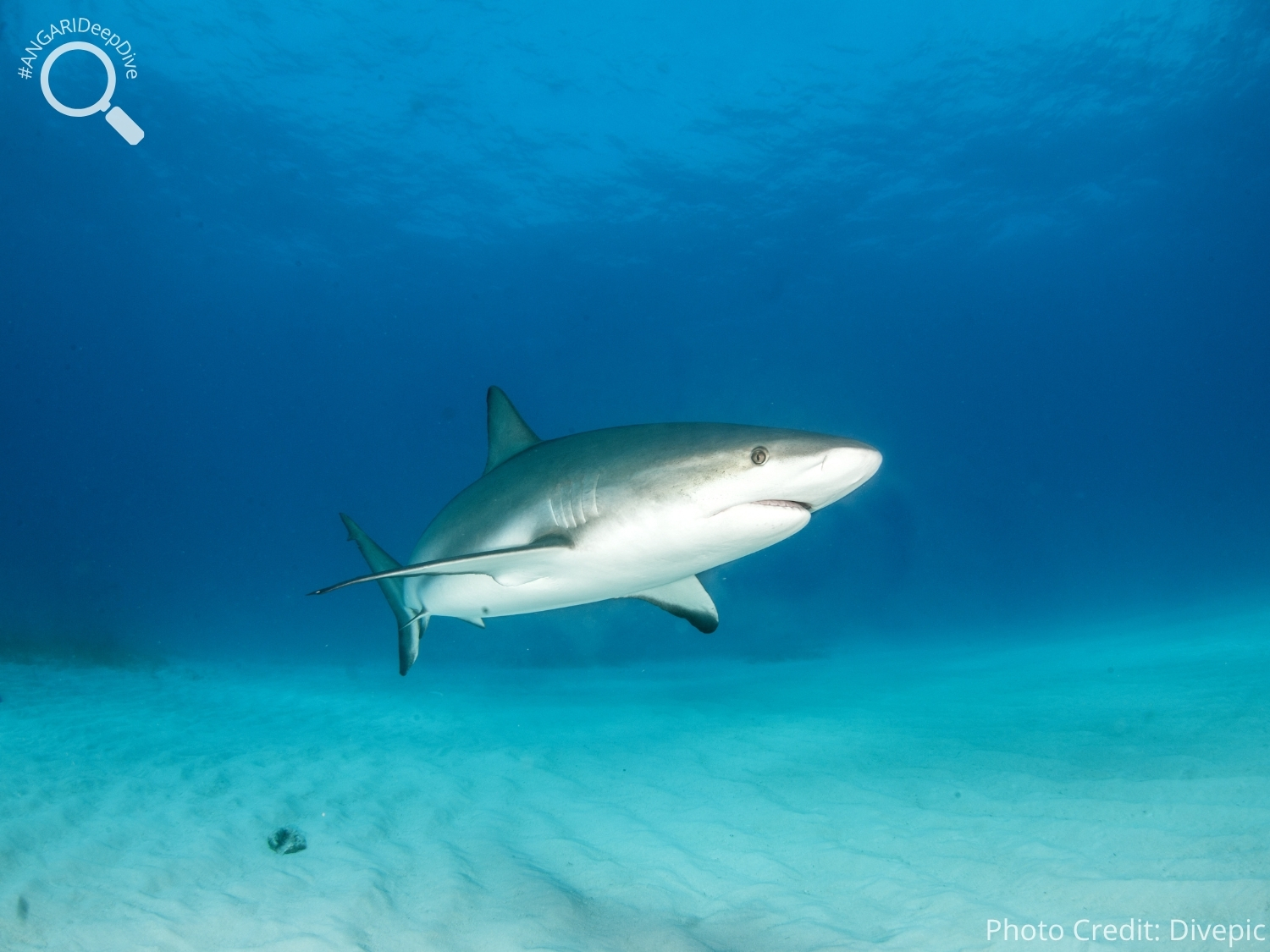
Caribbean reef sharks are listed as endangered and are experiencing an ongoing population decline. This decline is primarily due to rising water temperatures, degradation and destruction of their habitat and overexploitation in fisheries. Florida has passed laws that protect Caribbean reef sharks within its state waters, as they are more valuable as a living resource. However, there are many other areas where Caribbean reef sharks are not protected. By engaging in sustainable fishing practices, you can contribute to protecting Caribbean reefs sharks and their beautiful habitat.
Additional Caribbean Reef Shark Resources:
1. Caribbean Reef Shark – IUCN
2. Reef Sharks – World Wildlife Foundation
3. Caribbean Reef Shark – Save Our Seas

